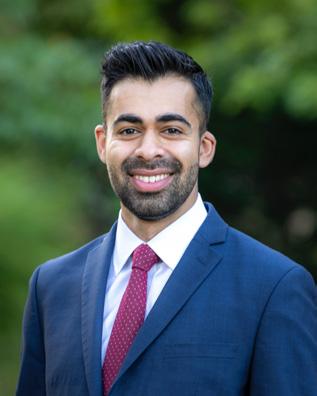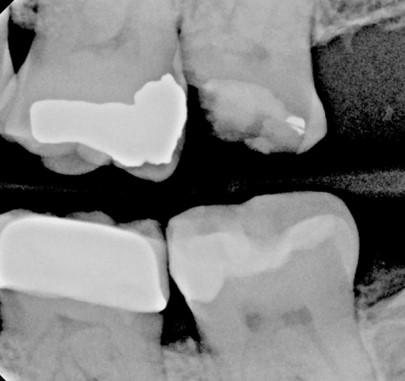
2 minute read
Case #2
By: Kurren Virk, DMD
This case study highlights a unique approach to the preparation, temporization, and restoration of a difficult restorative situation. A 55-year-old female presented to the University of Oklahoma AEGD program stating that she had a tooth that was prepared and temporized for a crown, which fell off about a year ago. The pre-operative bitewing radiograph (Figure 1) shows tooth #15 appears to have been prepared in a way that largely spared the distal cusps, but in the interim after losing the provisional, the tooth had supra-erupted leaving minimal inter-occlusal space (<0.1 mm). Furthermore, the distal gingiva extends nearly to the occlusal surface of the tooth, whereby a traditional crown preparation would require significant gingivectomy or crown lengthening to gain adequate ferrule for proper resistance and retention form.
Advertisement
To combat these issues, the restoration planned was a base metal (non-precious alloy) onlay. The advantages of this material are that significantly higher bond strength can be achieved (up to 2x) compared to noble/high-noble metals, a minimal occlusal thickness of only 0.3 mm allows significantly less tooth reduction, and a more economical lab bill relative to gold. This allows for conservative preparation needing fewer retentive features.
The patient’s consent was obtained to have a silver-appearing metal restoration, and it was confirmed that she does not have a nickel allergy, which can be a contraindication for use of this material. The old core build-up material was removed, and the tooth was minimally prepared to give a smooth, flowing surface to the prep. After preparation, immediate dentin sealing (IDS) was done. This is ideally done with a 4th or 6th generation bonding agent. Air abrasion was used to clean and micro-mechanically prepare the tooth surface, then 4% pure Chlorhexidine for further disinfection and long-term inhibition of MMPs to maintain bond strength. After this, a self-etching primer and bonding agent was placed on dentin only, followed by 0.5 mm layer of flowable resin also on dentin only. This serves to reinforce the hybrid layer and complete the IDS procedure. Benefits of IDS include higher dentin bond strength, longer maintenance of dentin bond strength, less bacterial leakage, and minimal to no post-operative sensitivity. Glycerin application prior to curing is then completed to remove the oxygen-inhibited layer, followed by air abrasion to leave the surface dry and clean.
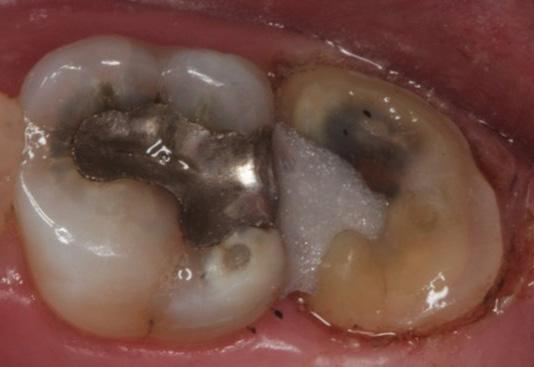
Margins were marked with a pencil intraorally to aid the lab, and an iTero digital final impression was made and sent to Express Dental Lab, Norman, OK (Figure 2). Light contacts and occlusion were requested as base metal is very hard, and thus difficult to adjust.
For a tooth treated with the IDS protocol, contamination & post-op sensitivity is not a concern, so a traditional provisional is not needed. A roll of Teflon tape was placed into the mesial embrasure, then a light-curable liquid dam was placed into the mesial embrasure, preventing the tooth from drifting during the provisional period, and then the Teflon was removed (Figure 3).
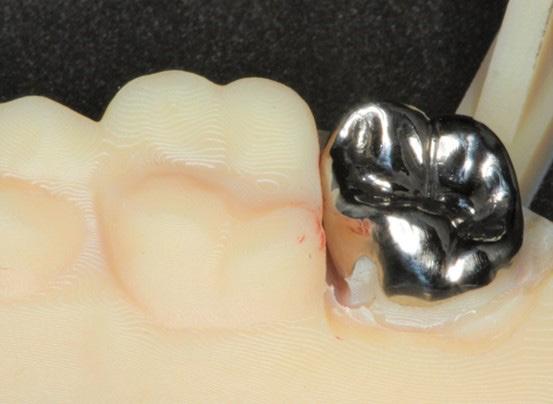
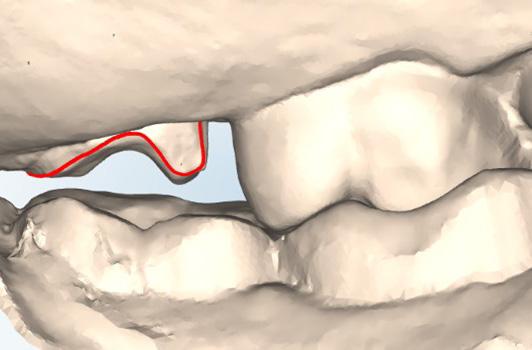
On seating day, the patient reported no sensitivity in the interim, the liquid dam was removed. Liquid dam and an acorn instrument were used to create a holder on the occlusal surface of the onlay to allow easier positioning during the appointment due to difficulty of handling. The bonding protocol for metal is the same that would be used to bond a zirconia restoration. Intaglio of restoration: Air abrasion, cleaner, MDP Primer. Tooth: Air abrasion, total etch (since dentin is sealed), bonding agent. Cemented with adhesive dual-cure resin cement. Figure 4 shows the final restoration on a lab model.
About The Author
Dr. Kurren Virk is from San Francisco, California. He received his BS in Biological Sciences from the University of California, Santa Barbara, and then attended the Midwestern University College of Dental Medicine, Arizona for his doctorate. After completing his AEGD training at the University of Oklahoma, he is currently looking for private practice jobs and is open to moving to most locations so feel free to reach out if you are looking for a passionate and hard-working associate!
